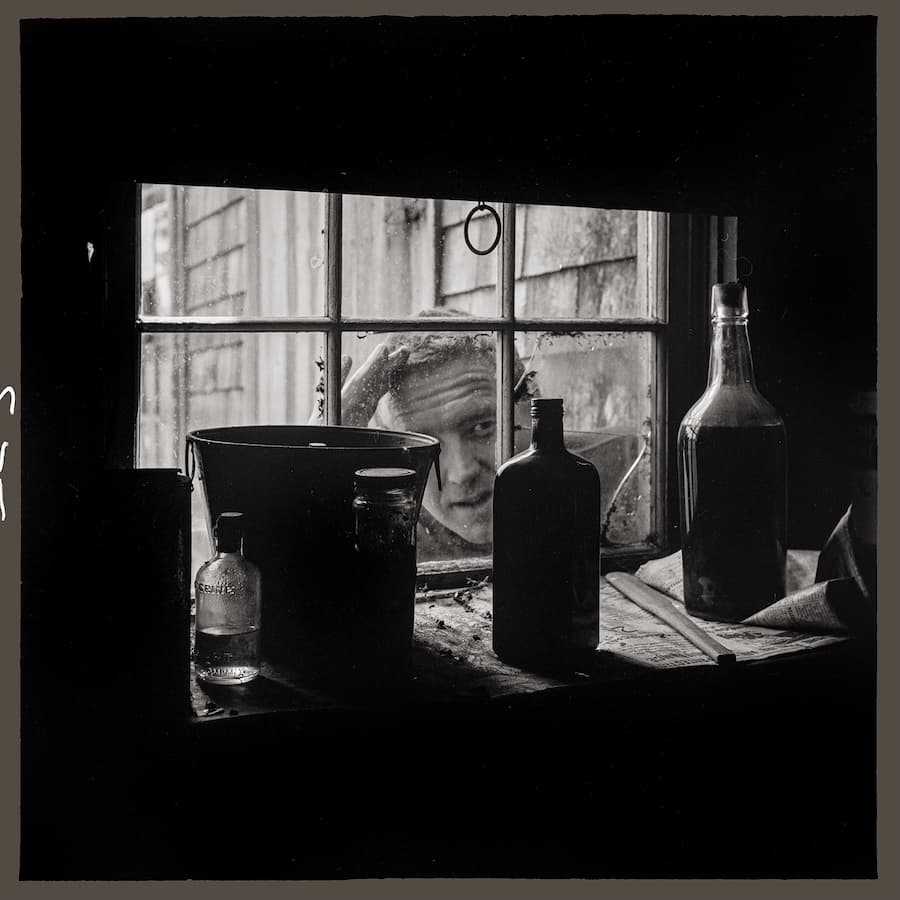Andrew Wyeth’s Deserted House
Ruohomaa met American realist painter Andrew Wyeth in 1947 through their mutual acquaintance, the sculptor George Curtis. The two had a long friendship which sometimes led to unusual adventures and some notable creative collaborations, as in this group of photographs.
In the summer of 1951, Wyeth coaxed Ruohomaa to explore an ancient house which had been occupied by generations of the Hoffses near Waldoboro, Maine up until 1941. Christian Hoffses, who built the colonial with lumber sawn on the property sometime around 1800, was a Revolutionary War veteran. Much later, after the last occupant (unidentified) died, his surviving relatives locked the door and left the interior untouched: the house was furnished, beds were made, dishes lay on the kitchen table, and unburned firewood sat in the woodstove.
Wyeth had visited the house previously and, knowing something about Ruohomaa’s aesthetic leanings as a photographer, realized he’d appreciate its air of somber mystery: the sharp contrast of light and shadow, the antiquity of cobwebs and dust, the sense of a life suspended in time. As with the Louds Island hearse escapade, he took these photographs as part of a spontaneous and offbeat adventure: it was not a Black Star assignment. However, some of them were used subsequently in a Life magazine article. [Ruohomaa, Kosti and Bourges, Fernand. (1957, July 27). Artist Paints a Ghostly House. Life, 80-83.]

